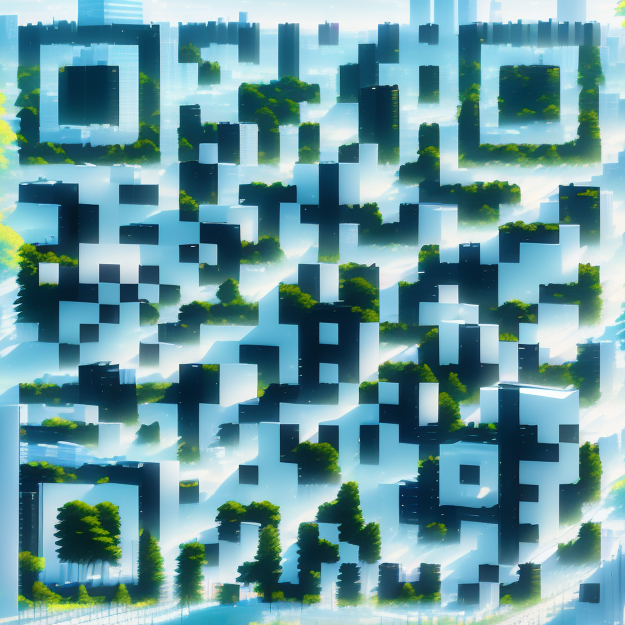With the rapid growth of global urbanization and the rising demand for sustainable development, it is essential to study the performance a
nd durability of building materials. As a traditional and widely employed building material, play a significant role in traditional Chinese architecture. However, traditional methods for assessing structural surface damage necessitate the time-consuming and labor-intensive assessment
and judgment of trained professionals. Consequently, it is crucial to employ machine learning techniques for automatic damage type identification. This study identifies the types of damage to Chinese clay tiles in Macau by employing machine learning techniques and
the YOLOv4 object detection model. A total of 363 photographs of on-site Chinese clay tiles were used as training samples, and 200 epochs of the model training were performed. The primary findings of this study are as follows: (1) The machine learning method, based on the YOLOv4 model, provides an effective and precise solution for the automatic identification of Chinese clay tiles damage types
, overcoming the human and time-cost constraints of conventional evaluation methods.
(2) The detection accuracy of the detection model in this study is 95.42% for the detection of Chinese clay tiles cracks, 80.91% for the detection of stains, and 89.34% for the detecti
on of surface wear, with an overall accuracy of 88.98%, which meets the basic detection requirements. (3) The experimental results demonstrate the viability and efficacy
of the proposed method for identifying clay tile damage types and provide a method reference for the preservation and sustainable development of historical buildings.
基于 YOLOV4 的中国大阶砖损伤类型识别:以澳门为例
Automatic Detection and Recognition Method of Chinese Clay Tiles Based on YOLOv4: A Case Study in Macau
![[JCR] Detection and Recognition Method [JCR] Detection and Recognition Method](http://scitip.com/wp-content/uploads/2023/08/fig5.jpg)
Problem Statement
研讨问题
由于大阶砖在出产进程中需要运用大量粘土,天然形成的粘土的产量正在减少,这将导致未来的出产本钱更高。由于工艺难度较高,所以现在产量相对较低,娴熟的修正专家也越来越少。本文提出运用机器学习中的 YOLOv4 模型主动检测前史建筑的开裂、污渍、磨损等危害,以进步对建筑危害的辨认和后续修正本钱的预算。在本文中,研讨人员查询了五个问题:
(1)在搜集现场勘测和拍摄数据的进程中,能够差异多少种不同类型的大阶砖损坏?
(2)YOLOv4 怎样为有助于检测大阶砖各种损坏的核心技能的开发做出贡献?
(3)操练 YOLOv4 模型的效果怎样?与人工辨认比较,主动检测的准确度怎样?
(4)大阶砖的图像辨认和危害分析效果怎样?
(5)怎样将日常检查与维护结合起来,完成建筑的可继续运用?
![[JCR] Detection and Recognition Method [JCR] Detection and Recognition Method](https://scitip.com/wp-content/uploads/2023/08/fig1.png)
期刊简介
《International Journal of Architectural Heritage》
A&HCI, SCIE, IF=2.4
Q1(JCI), Q3(JIF)
To cite this article:
Liang Zheng, Yile Chen, Lina Yan & Yi Zhang (2023) Automatic Detection and Recognition Method of Chinese Clay Tiles Based on YOLOv4: A Case Study in Macau, International Journal of Architectural Heritage, DOI: 10.1080/15583058.2023.2246029
Author contributions
Conceptualization, L.Z. and Y.C.; methodology, L.Z. and L.Y.; software, L.Z. and L.Y.; validation, L.Z. and L.Y.; formal analysis, Y.C. and L.Z.; investigation, L.Z. and Y.C.; resources, Y.C.; data curation, Y.C.; writing — original draft preparation, L.Z. and Y.C.; writ-ing — review and editing, L.Z. and Y.Z.; visualization, Y.Z.; supervision, L.Z. and L.Y.; project administration, L.Y.; funding acquisition, L.Y. All authors have read and agreed to the published version of the manuscript.
![[JCR] Detection and Recognition Method [JCR] Detection and Recognition Method](http://scitip.com/wp-content/uploads/2023/08/zhengliang.png)
Liang Zheng
![[JCR] Detection and Recognition Method [JCR] Detection and Recognition Method](http://scitip.com/wp-content/uploads/2023/08/chenyile.png)
Yile Chen
![[JCR] Detection and Recognition Method [JCR] Detection and Recognition Method](http://scitip.com/wp-content/uploads/2023/08/yanlina.png)
Lina Yan
![[JCR] Detection and Recognition Method [JCR] Detection and Recognition Method](http://scitip.com/wp-content/uploads/2023/08/zuozhe.png)
Yi Zhang



![[JCR] Detection and Recognition Method [JCR] Detection and Recognition Method](https://scitip.com/wp-content/uploads/2023/08/fig9-1024x534.jpg)